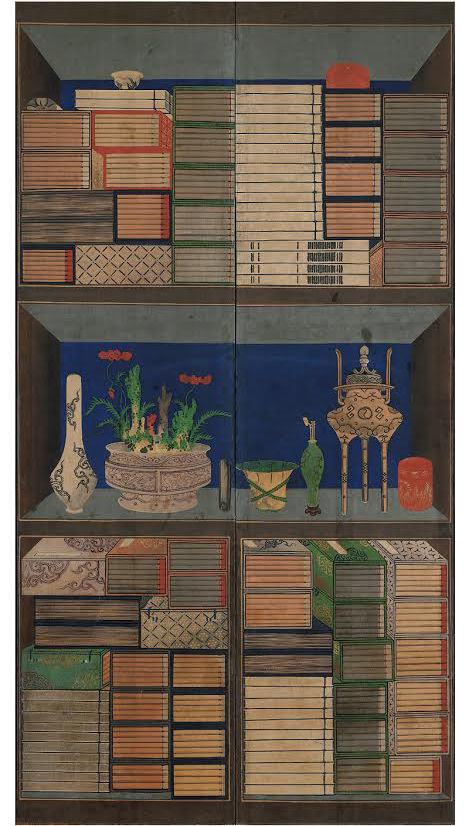As a regional hub for arts, entertainment and culture, Stony Brook University offers the community many art exhibits throughout the year that are free and open to the public.
One of this year’s exhibits was the “The Power and Pleasure of Possessions in Korean Painted Screens” which was on display at the Charles B. Wang Center.
The Korean still-life art exhibit, “The Power and Pleasure of Possessions” was on of display at the Charles B. Wang Center.
The exhibition explored the genre of Korean still-life painting known as chaekgeori, one of the most enduring and prolific art forms of Korea’s Joseon dynasty (1392-1910). Chaekgeori emphasizes books and other material commodities as symbolic embodiments of knowledge, power and social reform.
Today, a diverse body of artists continues this tradition into the 21st century, coming together to examine modern Korean society and its social, cultural and political attitudes and ideals. Drawing on a long artistic lineage and making comparisons to the traditional form and objectives of chaekgeori with the works of contemporary artists — including Seongmin Ahn, Kyoungtack Hong, Patrick Hughes, Airan Kang and Stephanie S. Lee — this exhibition facilitated a better understanding of a still-changing Korean society, from the ascetic Confucian Joseon era to the hyper-materialistic culture of today.
All of the screens were on loan from both private collections and Korean national institutions, including the Leeum, Samsung Museum of Art; the Seoul Museum; the Korean Folk Village; the Chosun Minhwa Museum; and the Sungok Memorial Hall.
Learn more about the Charles B. Wang Center: http://www.stonybrook.edu/commcms/wang/

